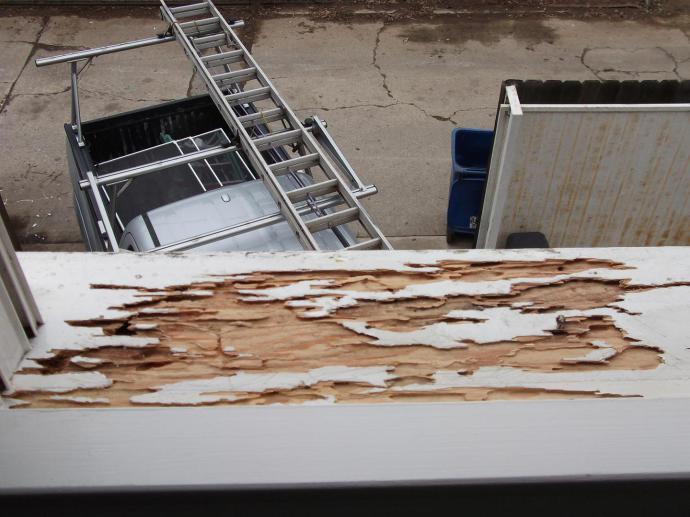Termite Inspection

Wood Destroying Organism Inspection Report?
A Wood Destroying Organism (WDO) Inspection Report is a written report of an inspection of a home for visible and accessible evidence of an infestation or damage by wood-destroying organisms. This typically refers to dry wood or subterranean termites, but will also cover wood-destroying beetles and wood-destroying fungi. In Florida, carpenter ants and carpenter bees are not typically reported.
A WDO report can also be referred to as a “Termite Inspection”, Termite Letter “, or Clearance Letter “.
A WDO inspection report is provided when a home or other structure is being sold and the mortgage lender or buyer requires the inspection as part of the transaction. If an inspection is done for these purposes, the inspection must be reported on a specific report form (13645) as required by Florida Law (Chapter 482, Florida Statutes). The form is also referred to as the “1145 report” because of an old form number.
The WDO inspection can only be done by a wood-destroying organisms identification cardholder (or a certified operator with the wood-destroying organisms category) of a pest control company licensed by the state of Florida. These employees have received special training to be qualified as WDO inspectors.
Main Types of Termites in Florida
Subterranean Termites (nest in soil)
Subterranean termites are the most commonly found termite in Florida and cause more damage than fire and windstorms combined. This type of termite swarms in the spring and summer. These termites that swarm have wings. These termites often shed their wings upon landing on a promising structure. If you see wings on a sill or see swarms in your house, it is a good idea to call a pest control company immediately. Mud tubes that travel vertically from the ground on the house foundation or anywhere inside a house are another sign the house is infested.
Drywood Termites (nest in wood)
Drywood termites have peak swarming from spring through May but also swarm during other months as well. Termites are attracted to light sources-It is a good idea to leave outside lights off during their swarming times. Window sills are a common place to find evidence of dry wood termites such as wings or frass (termite droppings). The frass is typically the same color as the wood the termite has eaten, and when magnified there like small cylinders that have been partially squared off. These droppings are a bit larger than sand and are typically light brown to reddish-brown. Infestations are most common on window sills or in the attic. Surface blisters may be a sign of prolonged infestation.
Dampwood Termites (nest in wood)
Dampwood termites are the least common termite in Florida houses. They are larger than the dry wood or subterranean termites, and they nest in damp wood. Make sure there is no continuous moisture contact with damp wood, and they should not be a problem.
Dealing With Termites and Termite Damage
Subterranean and dry wood termites require different treatment methods, so it is very important to determine what type of termite is found. Be sure to collect as many wings as possible for identification. All termites eat wood, so a way to check for termites is to tap suspected areas and listen for hollow sounds. Immediately contact a pest control company if you suspect termites or have found wings or frass.
If dry wood termite damage is localized, it may be controlled by removing and replacing the damaged wood and by the application of an insecticide. Large or prolonged infestations may require tenting so the whole building can be fumigated. Subterranean termites will require soil treatment with pesticides around and under house foundations, or termite baits. We recommend a chemical termite barrier.
All termite inspections are performed by a separate sub-contracted state-licensed termite inspection company.
Cinder block homes have a significant portion of wood framing that subterranean termites will exploit to build tubes in and on the cinder block to get to the wood. Drywood termites fly, so they can easily get into your attic and outdoor exposed wood surfaces or crevices soffits, etc.
